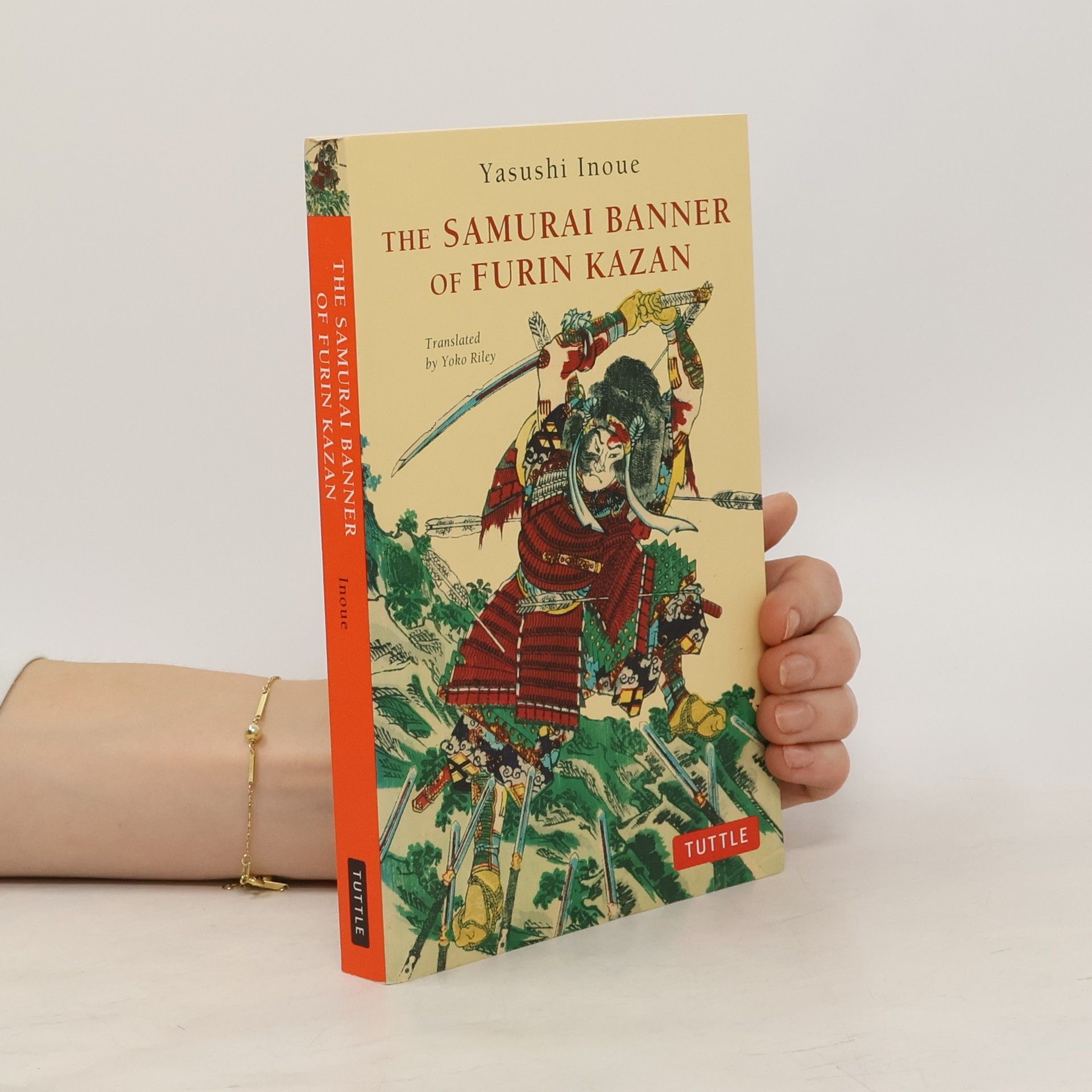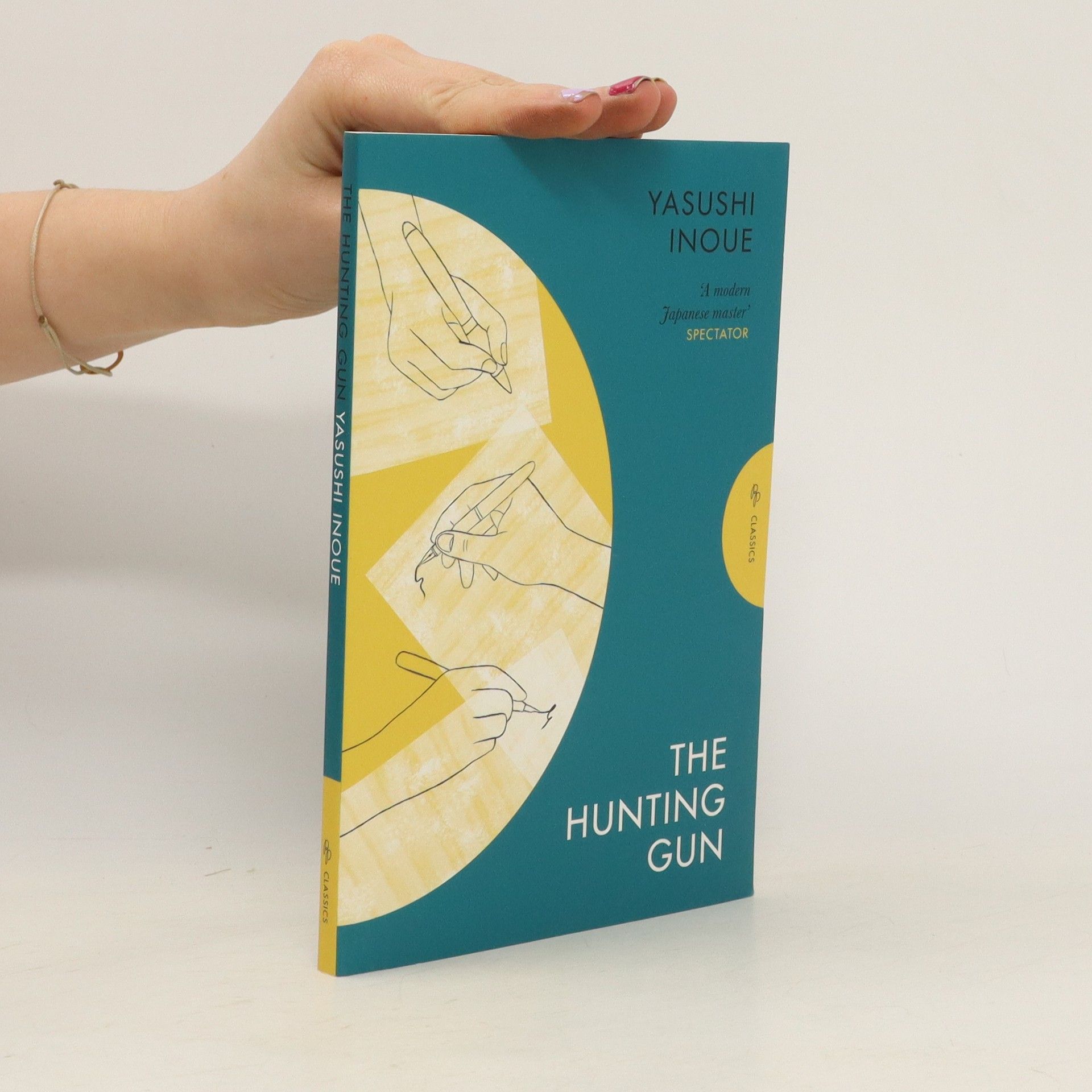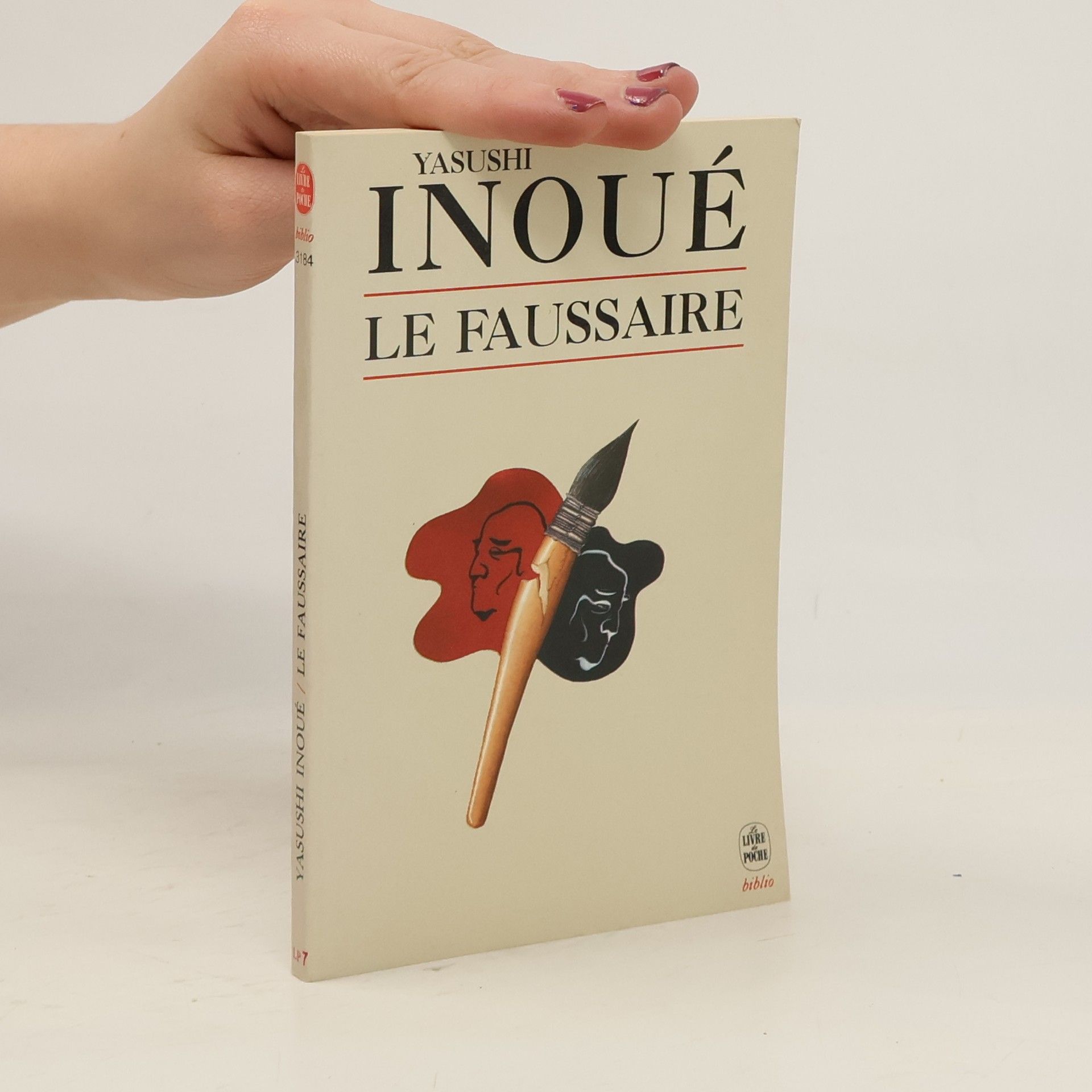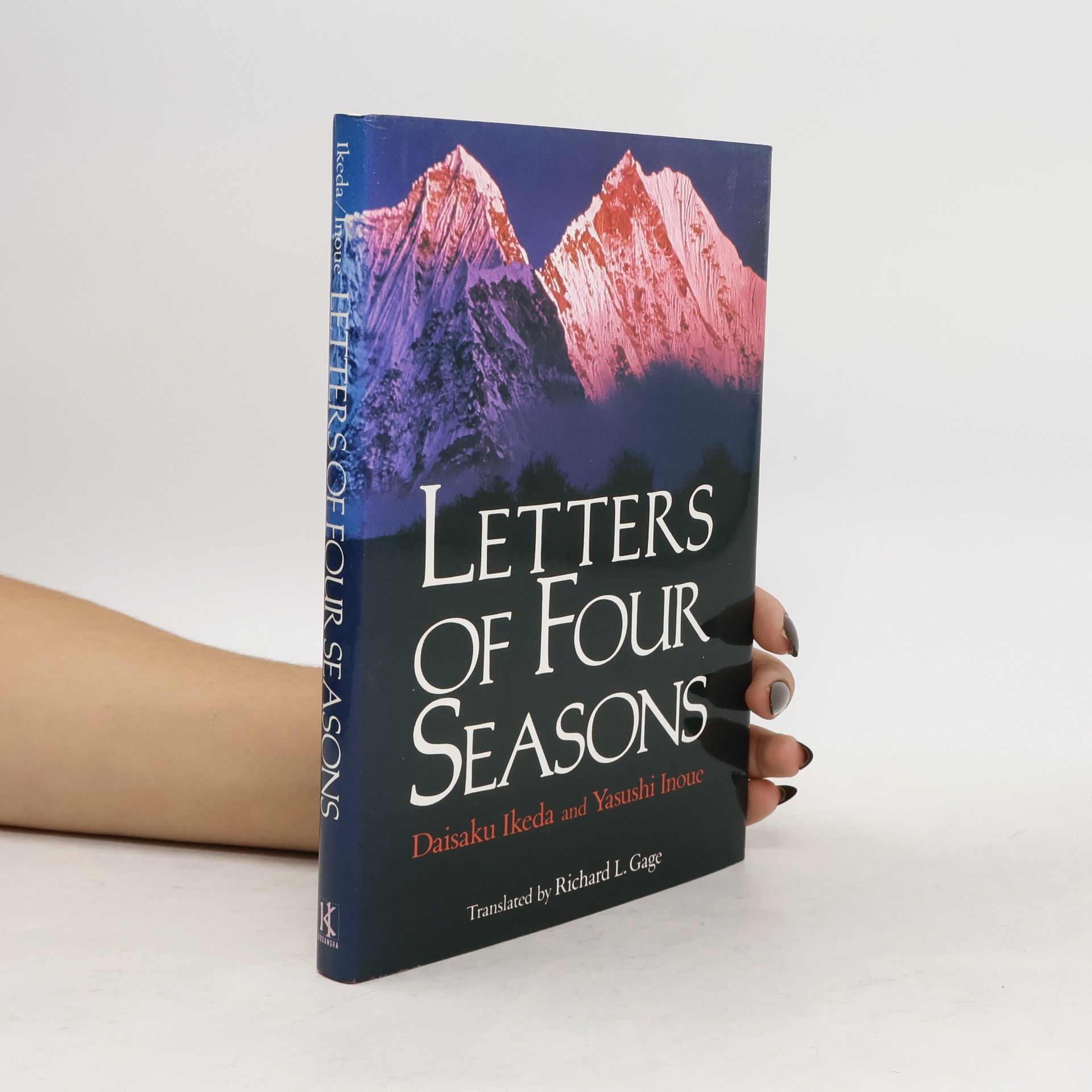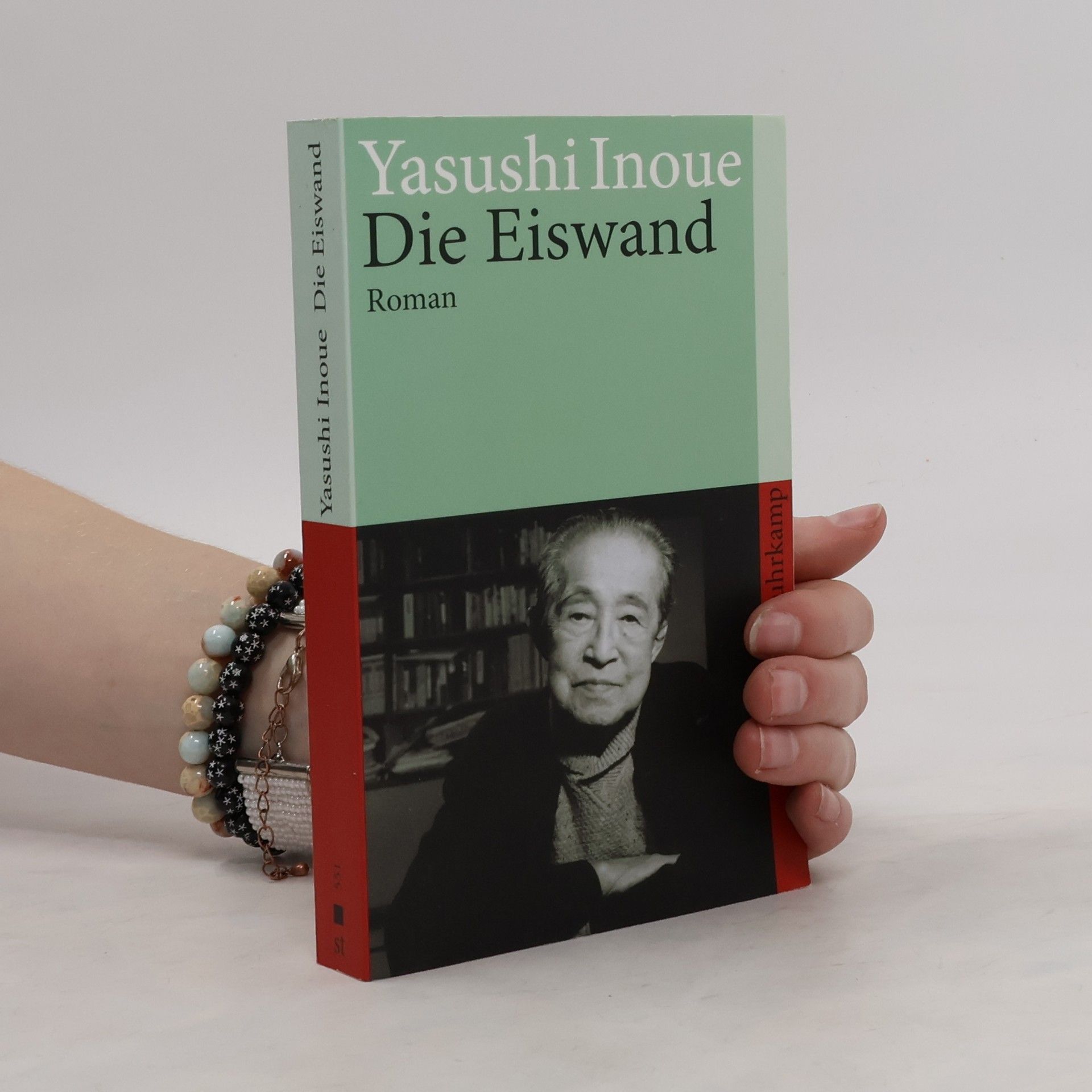La mort, l'amour et les vagues
- 114pages
- 4 heures de lecture
Trois couples se croisent. Trois couples se cherchent, s'avouent, se dérobent ou se quittent. Et la vie, petit à petit, les reprend. Faux-semblants de l'amour ( La Mort, l'amour et les vagues ), illusions perdues ( Le Jardin de pierres ) ou frustrations inavouées ( Anniversaire de mariage ), trois courts récits regroupés autour du même lieu commun : l'amour, ou plutôt la comédie de l'amour. Un regard ironique, bienveillant ou attendri, féroce parfois, pour mieux dévoiler - comme Inoue le faisait dans Le Fusil de chasse - les ombres et les doutes, les troubles cachés de l'homme devant l'amour, la mort et la vie.

